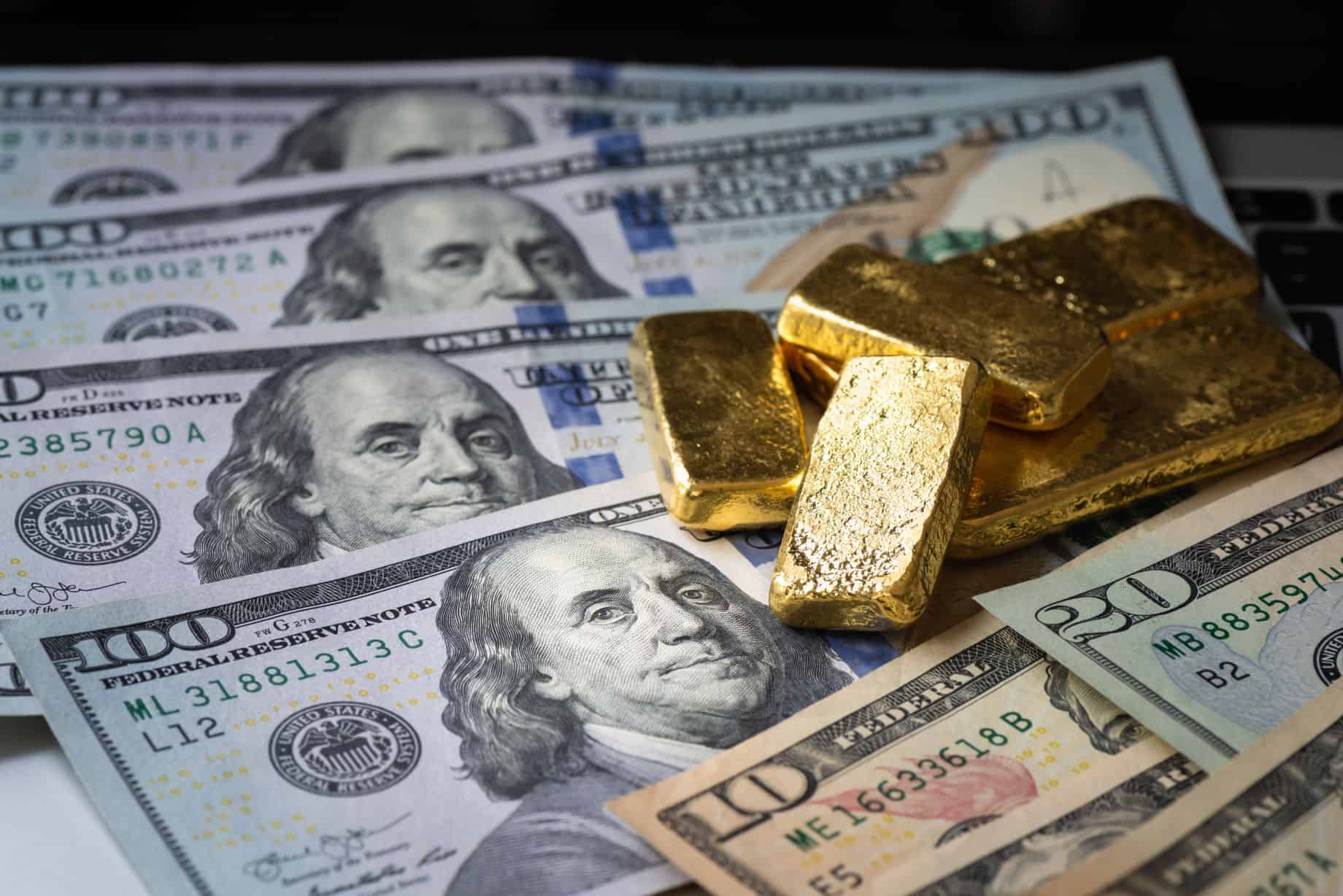The global economic crisis is putting pressure on Wall Street, which is reflected in increasing interest rates and the state of China’s domestic markets. Due to persistent inflation, rates in the US are expected to stay higher for longer. Meanwhile, there are concerns about corporate earnings and commodities demand, the real estate industry is writhing under intense pressure, and China’s manufacturing sector is displaying symptoms of weakening.
According to the CME FedWatch Tool, there is currently an 80.5% chance that the Federal Reserve will keep its benchmark interest rate in the range of 5.25% to 5.50% during the forthcoming September meeting. Whether or whether the Fed raises rates in September, one thing is clear from the most recent minutes: interest rates will probably remain high for a longer time. No rate reductions are anticipated soon.
Stocks were under pressure due to the prospect of additional increases or higher rates. The full impact of the Fed’s tightening of policy since the beginning of 2022 has not yet been felt. The benchmark U.S. government yields were 4.34% to start the week, then fell to 4.19% on August 23 before rising to 4.23% on August 24. On August 24, the yield on a one-year US Treasury note increased to 5.39% from 5.35% the previous day. It makes sense that the market as a whole fell.
Quality investing emerges as a tactical strategy for navigating market volatility in the face of these contradicting market signals. Finding businesses with solid fundamentals, consistent earnings, and long-lasting competitive advantages is the main goal of quality investing. Investors may be able to reduce their exposure to the risks brought on by market turbulence and economic downturns by making investments in high-quality businesses.
The MSCI USA Index, a standard market capitalization-weighted parent index that covers big and mid-capitalization U.S. companies, serves as the foundation for the underlying MSCI USA Sector Neutral Quality Index. The fund yields 1.30% each year and levies fees of 15 bps.
The performance of the highest dividend yielding S&P Composite 1500 Index components that have adhered to a managed-dividends policy of regularly increasing dividends every year for at least 20 consecutive years is measured by the underlying S&P High Yield Dividend Aristocrats Index. The product yields 2.65% a year and assesses fees of 35 bps.
The underlying S&P 500 Dividend Aristocrats Index seeks out companies that have increased dividend payments every year for at least 25 years, are now S&P 500 members, and meet specific market capitalization and liquidity standards. The fund yields 1.95% each year and levies fees of 35 bps.
The S&P 500 Quality Index, which serves as the index’s underlying benchmark, monitors the performance of the S&P 500 firms with the highest quality scores. This score is determined using three fundamental metrics: return on equity, accruals ratio, and financial leverage ratio. The fund yields 1.62% each year and levies fees of 15 bps.
The performance of the top 20 companies with sustainable competitive advantages is tracked by the underlying Morningstar Wide Moat Focus Index. The fund yields 1.04% each year and levies fees of 46 bps.

